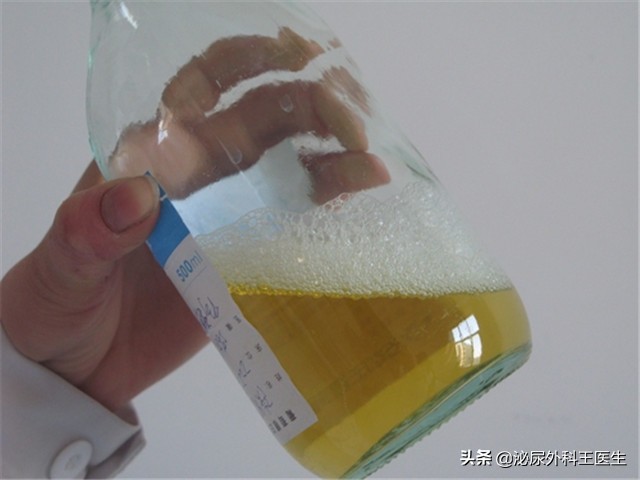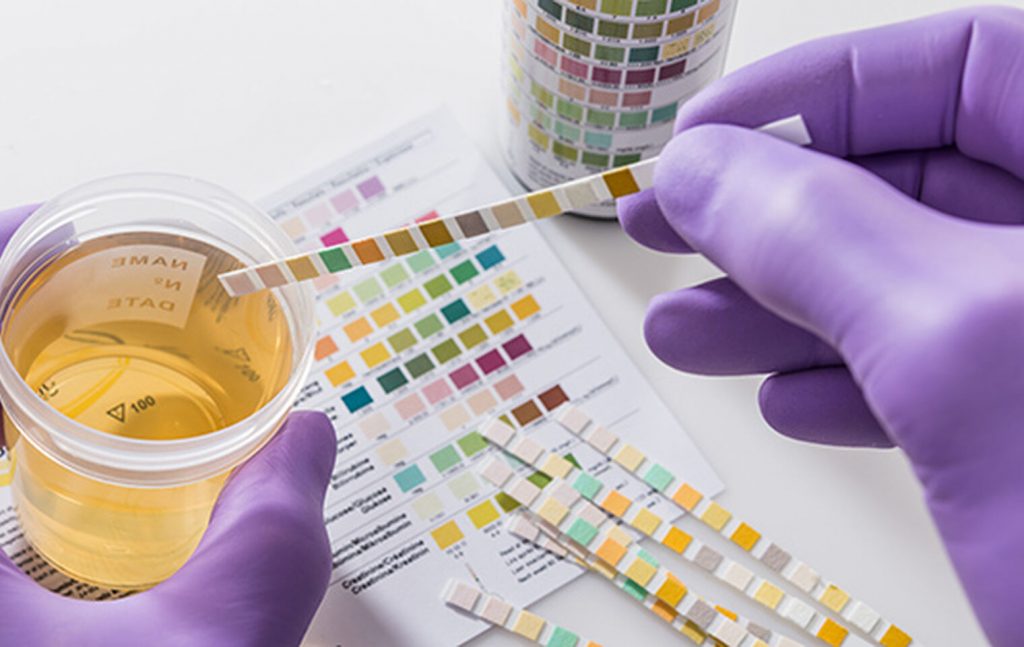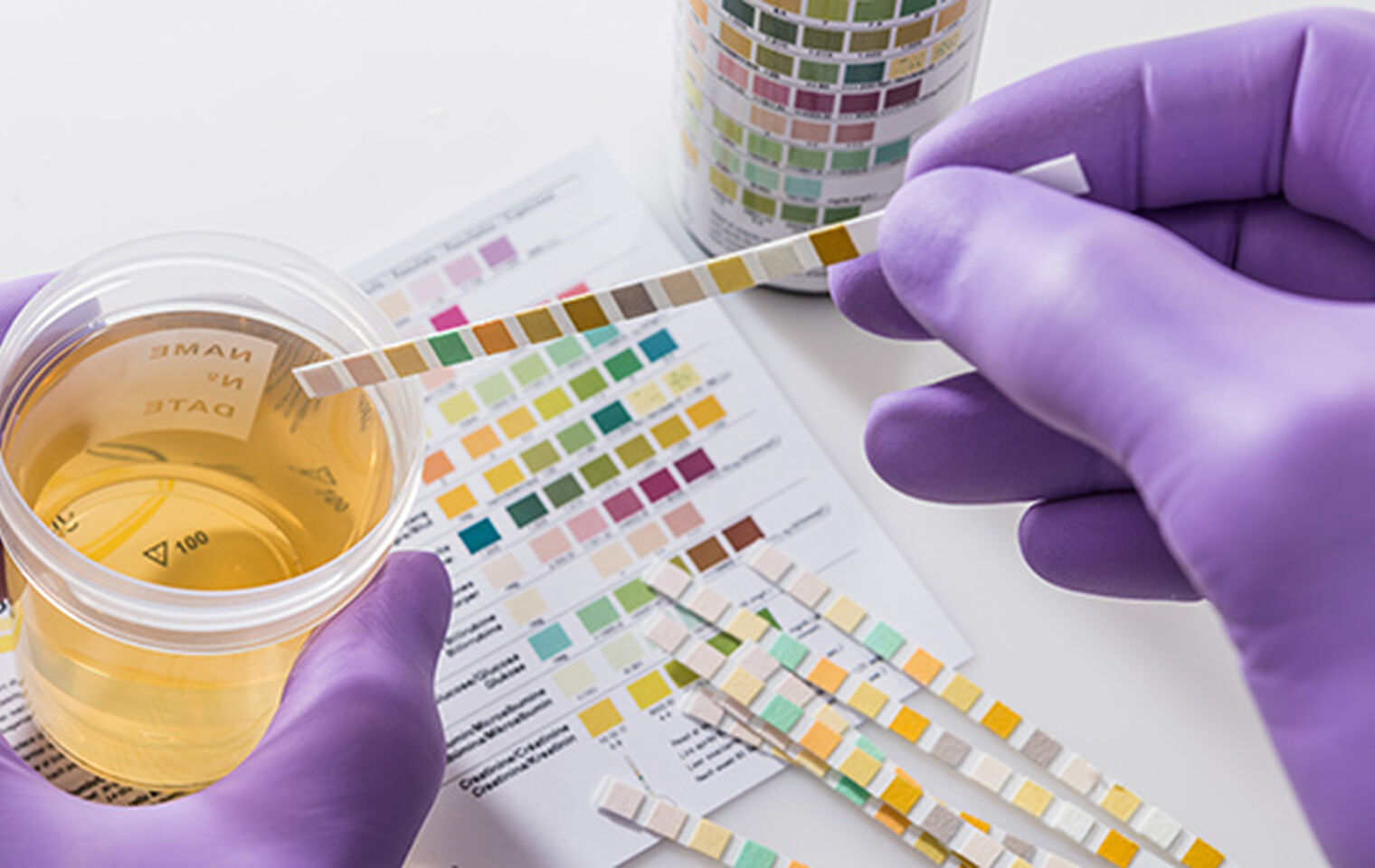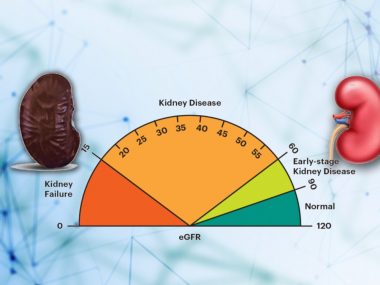If you are reading this blog to learn about kidney disease, you must have heard the term “Foamy or frothy urine.” And if you haven’t, it is an excellent opportunity to familiarize yourself with proteins in the urine.
Protein in the urine is another test, just like serum creatinine level, that doctors use to measure kidneys’ health. While creatinine gives us a one-time picture of kidney function, urine protein is the best marker to predict kidney function decline.

Does A Normal Person Have Proteins in The Urine?
Each kidney is made of about one million microscopic filtration units—Nephrons. The head of each plant forms a cup-like shape filled with a tuft of blood vessels called the glomerulus. When blood passes through these tiny vessels, one cell at a time, it filters out all the waste products and many body salts. Yet, the walls of these vessels do not allow the leakage of any protein. Therefore, protein in the urine almost always suggests kidney disease.
How Doctors Check Protein in Your Urine
Two main methods are used to check protein in your urine.
A quick and inexpensive way to check for protein in the urine is the dipstick method. As the name explains, the dipstick test involves a calibrated strip that is dipped in the urine, and a change in the color of the strip indicates protein in the urine. For example, if your test report reads 1+ protein, you have a mild increase in urine protein. If the score is 2+ or more, it suggests a large amount of protein in the urine.
The dipstick is a good screening test, but it is not very specific. To confirm the presence of proteins and quantify their amount, your doctor may ask you to give a urine sample to calculate the exact amount of protein.

24 Hour Urine Protein and Albumin/Creatinine Ration
Many patients remain confused about the 24-hour urine protein and Albumin/Creatinine ratio. Let me explain.
A 24-hour urine protein is an ideal way to calculate the amount of protein in the urine. For this test, a patient collects his urine sample over a twenty-four-hour period in the following manner. He wakes up and discards his first pee; after that, he collects his urine in a container for the next twenty-four hours, including his first urine the following day. This collection is much easier said than done. Consequently, such 24-hour urine samples were full of errors.
To make this test more convenient for the patient, researchers came up with the Albumin/Creatinine ratio. For this test, you only need a random urine sample, preferably the early morning one. The lab calculates the Albumin and Creatinine from this sample, and their ratio is then measured. The number achieved by this ratio corresponds to the total amount of protein obtained by a 24-hour urine sample of the same patient. In short, Albumin/Creatinine ratio closely estimates your twenty-four-hour urine albumin excretion.
Difference between Proteinuria and Albuminuria
These terms also confuse patients. Proteinuria means all types of protein in the urine. Albuminuria means only Albumin. However, remember that Albumin is the main protein in the urine, and all diseases that make kidneys leaky to proteins result in Albuminuria, except one condition called Multiple Myeloma. In other words, whether you check Albumin or protein in the urine, it almost always means Albumin.
Note: For this very reason, the dipstick is designed to detect only Albumin in the urine, not other proteins.
Proteinuria and Loss of Kidney Function
Protein in the urine is the second measure that signals your kidneys’ poor health (the first being elevated creatinine in the blood). While serum creatinine only tells us about kidney damage, proteinuria helps us estimate the rate of kidney function loss over time. Imagine a lens through which you can see a hidden fire; this is the serum creatinine test. Then imagine another lens that can show you how rapidly the fire is consuming the objects; this is proteinuria.
Labs report protein in three main groups: Below 30, 30 to 300, and more than 300. If urine protein is under 30, you have normal protein in the urine. If it is between 30 and 300, you have mildly increased protein in the urine. This needs to be looked at and managed accordingly. Finally, if you have a protein of more than 300, you have significant proteinuria.

Once your starts treatment, this same test is also used to see improvement in proteinuria. A decline in the amount of protein in the urine indicates improvement in your kidney health.
Simply put, proteinuria holds a key to both your kidney function assessment as well as its prognosis. You can manage your kidney disease better if you understand the importance of protein in the urine and tests to measure and monitor its level.







